Maximizing Quality and Productivity with Advanced Meat Processing Machines
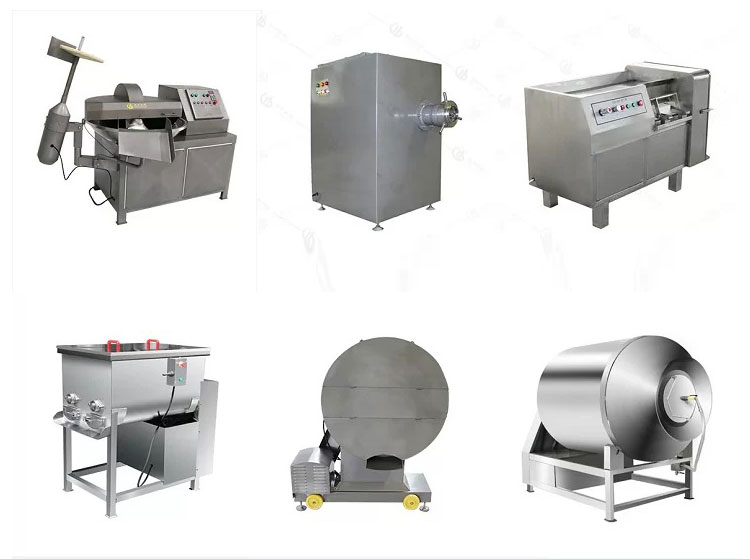
Introduction: Understanding the Importance of Meat Processing Machines
Meat processing machines are at the heart of modern food production, playing an essential role in transforming raw meat into ready-to-use products. These machines enhance the efficiency, consistency, and safety of meat processing, ensuring that large volumes of meat can be processed rapidly and with high standards. Automation is increasingly crucial in the meat industry, as it ensures faster processing times, reduces labor costs, and maintains high-quality production standards. From grinding to packaging, meat processing machines allow businesses to meet consumer demands, ensure food safety, and streamline their operations.
Types of Meat Processing Machines
Grinding Machines: The Backbone of Meat Processing
Grinding machines are fundamental to meat processing, used to break down meat into smaller pieces or mince. This process is vital for creating products like sausages, burgers, and various ground meat products. High-speed grinders ensure that the meat is ground consistently and uniformly.
Slicing Machines: Precision and Speed for Uniform Cuts
Slicing machines are designed to make precise cuts for deli meats, steaks, and other products. They ensure uniformity and speed, enhancing the presentation of sliced products and ensuring portion control.
Mixing Machines: Perfectly Blended Meat Products
Mixing machines are essential for combining ingredients, including meat, spices, and additives, to create well-blended products. This is especially important for sausages and meatloaf, where consistency is key to product quality.
Stuffing Machines: For Sausages, Salamis, and More
Stuffing machines are specifically designed to fill casings with ground meat mixture, ensuring even stuffing for products like sausages, salamis, and hot dogs. These machines help in maintaining the desired texture and consistency throughout.
Tenderizing Machines: Improving Texture and Quality
Tenderizing machines break down the muscle fibers in tougher cuts of meat, making them more tender and easier to cook. These machines ensure that the end product is consistently soft and flavorful.
Cutting Machines: From Primal Cuts to Portion Sizes
Cutting machines provide the precision needed to divide large cuts of meat into smaller, manageable portions. They help in portioning meat efficiently and are crucial in creating uniform slices for various meat products.
Forming Machines: Creating Patties and Shaped Meat Products
Forming machines are used to shape ground meat into patties, nuggets, or other forms. They streamline the process of shaping and ensure that each product is the same size, which is vital for consistency and presentation.
Packaging Machines: Ensuring Fresh Meat Presentation and Shelf-life
Packaging machines are crucial for sealing meat products and extending their shelf life. They ensure that meat is safely packed, minimizing contamination risk and preserving the quality of the product.
How Meat Processing Machines Improve Efficiency
Meat processing machines have revolutionized the food industry by streamlining production processes. These machines reduce human error and increase the speed at which products are created. Automated systems ensure that large volumes of meat can be processed without compromising quality, leading to greater throughput and enhanced profitability. Moreover, machines minimize waste and ensure that each product meets quality and safety standards, ultimately boosting operational efficiency.
Key Features to Look for in a Meat Processing Machine
Automation vs. Manual Operation: Finding the Right Balance
Automation offers significant advantages, such as increased speed, consistency, and reduced labor costs. However, the decision between automation and manual operations depends on the scale of production and the specific needs of a business.
Capacity and Production Speed: Matching the Machine to Your Business Size
When selecting a meat processing machine, it's essential to match its capacity and production speed with your business’s needs. Machines should be able to handle the volume of production required without becoming overburdened.
Durability and Materials: Why Stainless Steel is the Go-To Material
Stainless steel is the preferred material for meat processing machines due to its durability, resistance to corrosion, and ease of cleaning. The longevity and hygiene standards it offers make it ideal for food processing environments.
Hygienic Design: Meeting Food Safety and Cleanliness Standards
Hygienic design is a crucial feature, as machines must be easy to clean and sanitize to prevent cross-contamination. Look for machines that meet industry food safety standards and have designs that support easy cleaning.
Energy Efficiency: Reducing Costs and Environmental Impact
Energy-efficient machines help businesses lower operational costs and reduce their environmental footprint. Innovations in energy-saving technology ensure that machines consume less electricity without compromising performance.
The Role of Meat Processing Machines in Food Safety
Meat processing machines play a critical role in ensuring food safety. They help prevent contamination by streamlining processes that would otherwise involve high levels of human interaction. Machines designed with food safety in mind adhere to stringent regulations that require consistent hygiene practices. Routine cleaning, maintenance, and inspection are necessary to ensure that these machines remain safe for processing consumable products.
Cost Considerations When Buying a Meat Processing Machine
Understanding Upfront Costs and Ongoing Maintenance
The cost of a meat processing machine can vary greatly depending on its size, features, and automation level. While initial costs can be high, maintenance costs should also be considered, as regular servicing is needed to keep machines running optimally.
How to Assess the Return on Investment (ROI)
A meat processing machine’s ROI can be assessed by considering how much it improves efficiency, reduces labor costs, and increases production. This analysis helps businesses understand the long-term benefits of investing in automation.
Factors that Influence the Price of a Meat Processing Machine
Price is affected by factors like the machine's features, size, production capacity, and the reputation of the manufacturer. While high-end machines may come with a premium, they often offer advanced features that can enhance productivity.
The Impact of Machine Size, Features, and Brand on Cost
Machines come in various sizes and configurations, and the more specialized the machine, the higher the cost. Brands with a reputation for quality and reliability often carry a premium price tag, but they offer value in terms of durability and after-sales support.
How to Choose the Right Meat Processing Machine for Your Business
To make an informed choice, businesses should evaluate production needs, available space, and desired product outputs. The right machine depends on whether you're producing sausages, ground meat, or packaged cuts. Also, balancing quality and cost is vital to ensure the best value for your investment.
Upgrading Your Existing Meat Processing Setup
When the production line becomes outdated, it’s time to upgrade. A modern machine can dramatically improve efficiency and product quality. Upgrading ensures that your production remains competitive while meeting growing consumer demands.
Maintenance and Care for Meat Processing Machines
Routine maintenance is essential for the longevity of your meat processing machines. Proper care includes daily cleaning, routine inspections, and ensuring that parts like blades or grinders are regularly sharpened. Preventive maintenance helps avoid costly repairs and downtime.
Automation in Meat Processing: Future Trends
The future of meat processing is exciting, with automation technologies evolving rapidly. Innovations like IoT, AI, and robotics are transforming meat processing plants, making them smarter, more efficient, and capable of handling a wider range of tasks with greater precision.
How Meat Processing Machines Enhance Product Quality
Automated meat processing machines ensure consistent product quality by minimizing human error and maintaining uniformity. These machines guarantee that products are of the right texture, size, and appearance, improving customer satisfaction and brand reputation.
Common Mistakes to Avoid When Using Meat Processing Machines
To ensure that machines operate efficiently, avoid overloading them, maintain proper hygiene, and perform regular servicing. Failing to do so can result in suboptimal performance or even damage to the machine.
Energy Efficiency in Meat Processing Machines
Modern machines are designed to operate with minimal energy consumption. By choosing energy-efficient equipment, businesses can reduce operational costs and contribute to sustainability efforts, without sacrificing processing speed or quality.
Sustainability and Meat Processing Machines
Sustainability is becoming an increasingly important factor in meat processing. Machines designed to reduce waste, recycle water, and consume less energy are in high demand. Such eco-friendly machines help meet consumer expectations and environmental regulations.
The Impact of Meat Processing Machines on Labor
While automation may reduce the need for manual labor, it also requires skilled operators to manage and maintain the machines. With proper training, employees can work alongside automation, improving overall efficiency and reducing labor costs.
Case Studies: Successful Use of Meat Processing Machines in Businesses
Many businesses, from small butcher shops to large meat processing plants, have adopted automation to streamline their operations. Case studies demonstrate how machines have improved efficiency, reduced waste, and allowed businesses to scale up production.
Troubleshooting Meat Processing Machines
Issues such as malfunctioning motors, blocked conveyors, or underperforming parts can occur. Regular inspections and prompt action, such as consulting the machine's manual or calling a technician, will help address these issues quickly.
The Future of Meat Processing Machines
The meat processing industry is on the brink of a technological revolution, with emerging innovations like machine learning and AI offering the potential to further enhance the efficiency and quality of meat production.
Choosing a Reliable Supplier for Meat Processing Machines
Finding the right supplier is crucial. Look for companies that offer high-quality equipment, responsive customer service, and strong warranties. Consider after-sales support, including training and ongoing maintenance services.
Integrating Meat Processing Machines with Other Food Production Equipment
Seamless integration of meat processing machines with other production systems, such as packaging or storage, ensures that the entire workflow operates efficiently. Businesses should consider compatibility and flexibility when incorporating new machines into their existing setups.
Conclusion: The Essential Role of Meat Processing Machines in Modern Food Production
Investing in meat processing machines is vital for businesses aiming to improve efficiency, product quality, and food safety. Automation not only streamlines production but also ensures that businesses can meet the demands of a competitive market while maintaining high standards.
FAQs: Common Questions About Meat Processing Machines
1. What types of meat processing machines do I need for my business?
There are various types of meat processing machines, including grinding machines, slicing machines, mixing machines, stuffing machines, tenderizing machines, cutting machines, forming machines, and packaging machines. The machines you choose depend on your business needs and the types of products you process. Select the appropriate equipment based on your production scale and specific product requirements.
2. How do I determine the right size and capacity for my meat processing machine?
When selecting the size and capacity of a meat processing machine, it’s important to evaluate your production scale and product demand. Larger production lines require machines with higher capacities to meet daily production needs. Match the machine specifications and capacity with the types and quantities of meat products you plan to produce.
3. How much does a meat processing machine cost?
The cost of meat processing machines varies depending on the type, features, and capacity. Basic machines like grinders or slicers are generally more affordable, while high-end automated systems or customized equipment come with a higher price tag. When purchasing, consider not only the upfront cost but also maintenance and potential upgrade expenses.
4. What maintenance is required for a meat processing machine?
Routine maintenance for meat processing machines includes regular cleaning, inspecting parts for wear and tear, lubricating moving parts, and replacing worn components. Maintaining cleanliness is essential to prevent contamination and extend the machine’s lifespan. Perform in-depth maintenance and inspections regularly, depending on usage frequency.
5. How do I ensure food safety when using meat processing machines?
Food safety requires strict adherence to cleaning and sanitization protocols. Parts that come into contact with food must be kept clean, and the machine’s surface should be free of cross-contamination. Regularly inspect the equipment to ensure compliance with food hygiene standards. Following health regulations and cleaning protocols helps reduce food safety risks.
6. Can meat processing machines handle different types of meats and products?
Most meat processing machines are highly adaptable and can process various types of meats, such as pork, beef, lamb, and chicken. Some machines also support processing plant-based and vegetarian products, ensuring versatility to meet diverse consumer preferences and market demands.
7. What are common problems with meat processing machines, and how can I fix them?
Common issues include machine malfunctions, uneven cuts, and slow production speeds. To resolve these issues, check the power supply, clean the filter, adjust the blades, or replace worn parts. If the problem persists, seek professional repair services to ensure the equipment functions properly.
8. How long does a meat processing machine typically last?
The lifespan of a meat processing machine depends on various factors, including usage frequency, maintenance practices, and the quality of the materials. High-quality stainless steel machines, with proper maintenance, typically last between 5 to 10 years. Regular upkeep helps extend the life of the equipment.
9. Is it worth investing in automation for my meat processing business?
Automated machines significantly enhance production efficiency, reduce manual labor, and ensure consistent product quality. Although the initial investment may be higher, automation helps lower labor costs, reduce human error, and improve overall production effectiveness. It's a worthwhile investment for long-term gains.
10. Can I integrate a new meat processing machine with my existing setup?
Yes, modern meat processing machines are generally designed to integrate seamlessly with existing production lines. When purchasing new equipment, it’s recommended to consult with the supplier to ensure compatibility with your current production flow, avoiding installation issues.
Must-Read Blogs For Chain Restaurants Owner








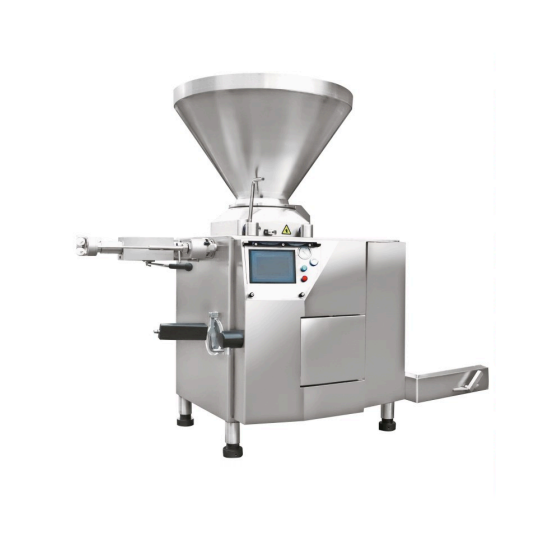
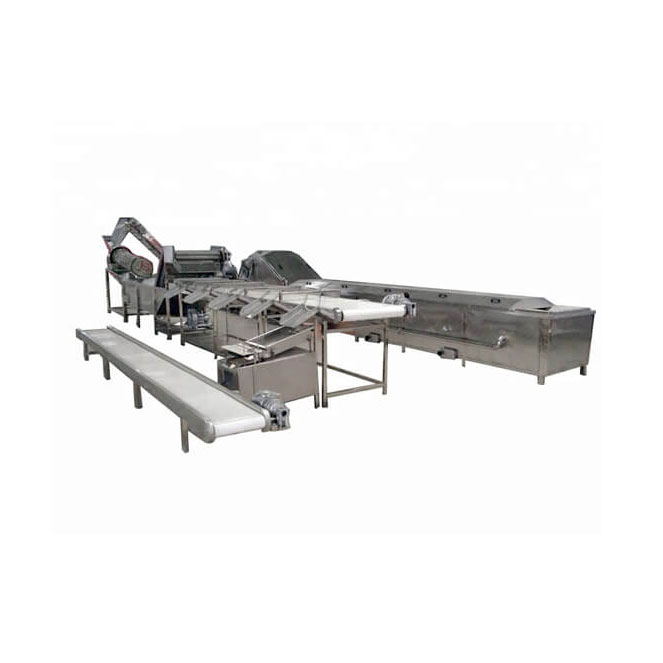
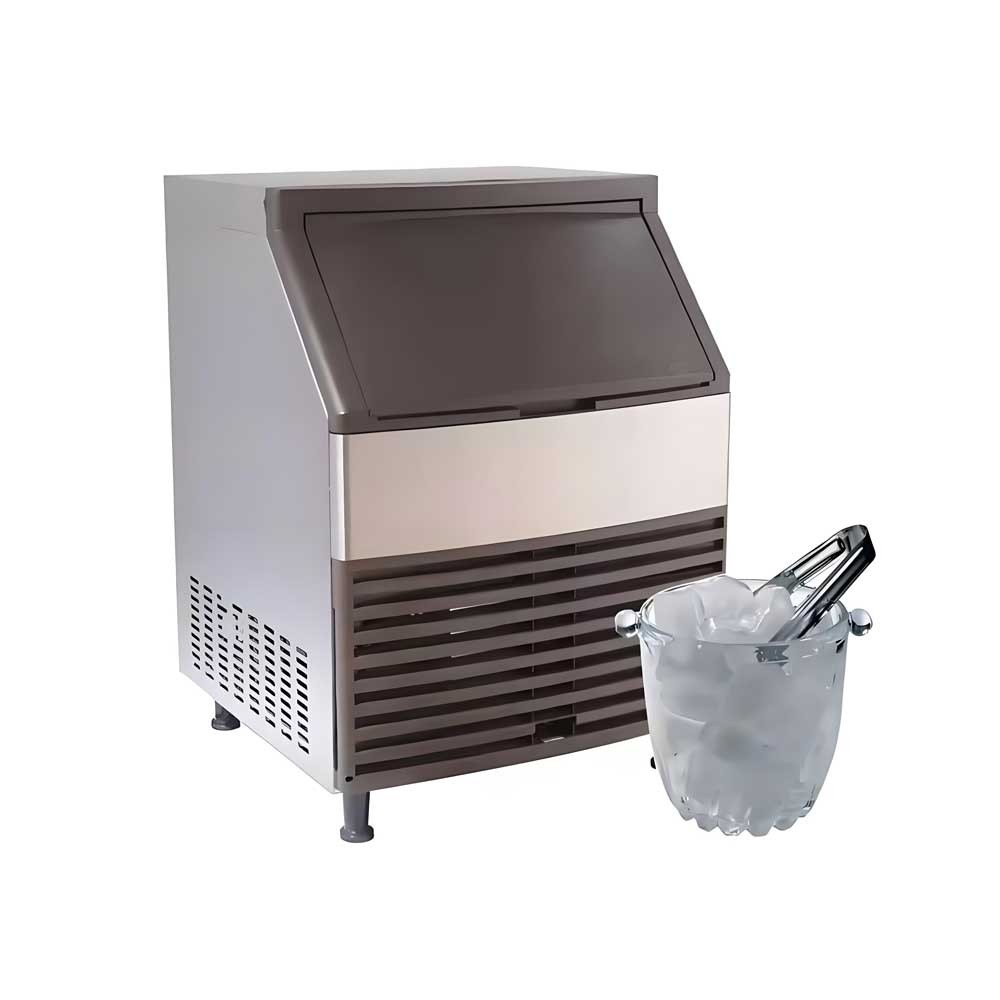
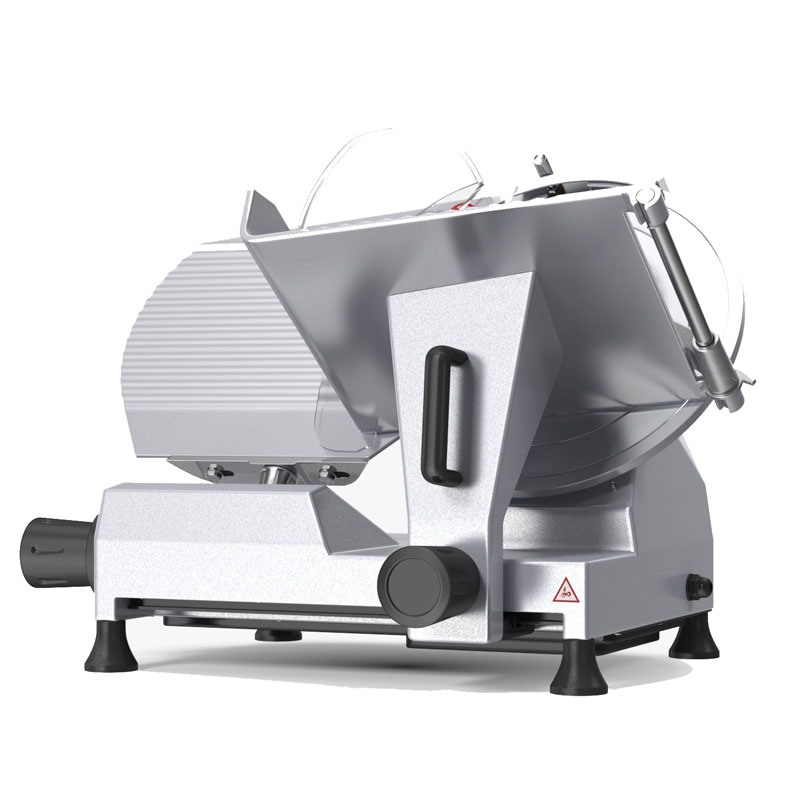 Heavy Duty Meat Slicer Machine
Heavy Duty Meat Slicer Machine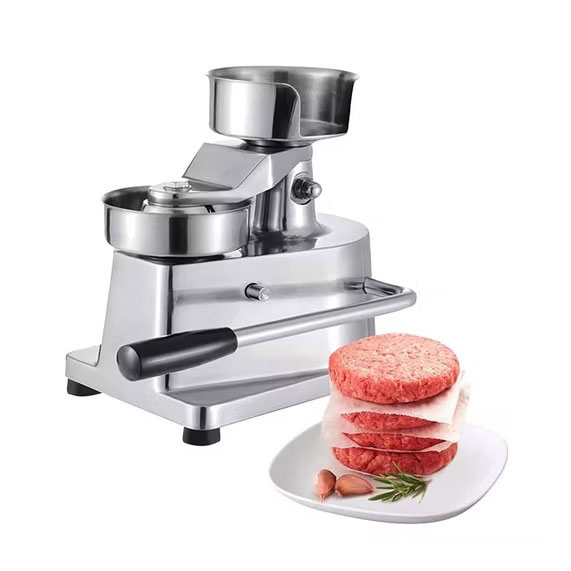 Meat Pie Maker Machine
Meat Pie Maker Machine
Ready to Get Started?